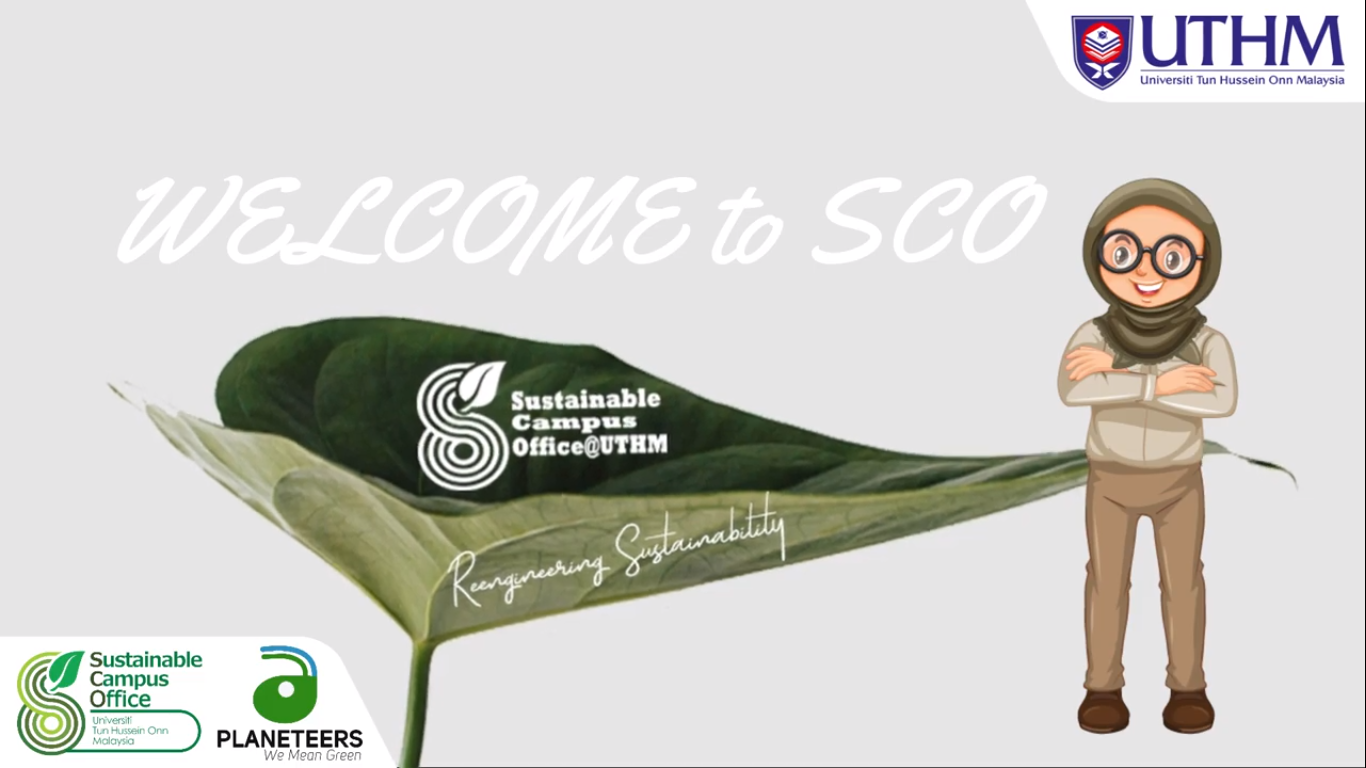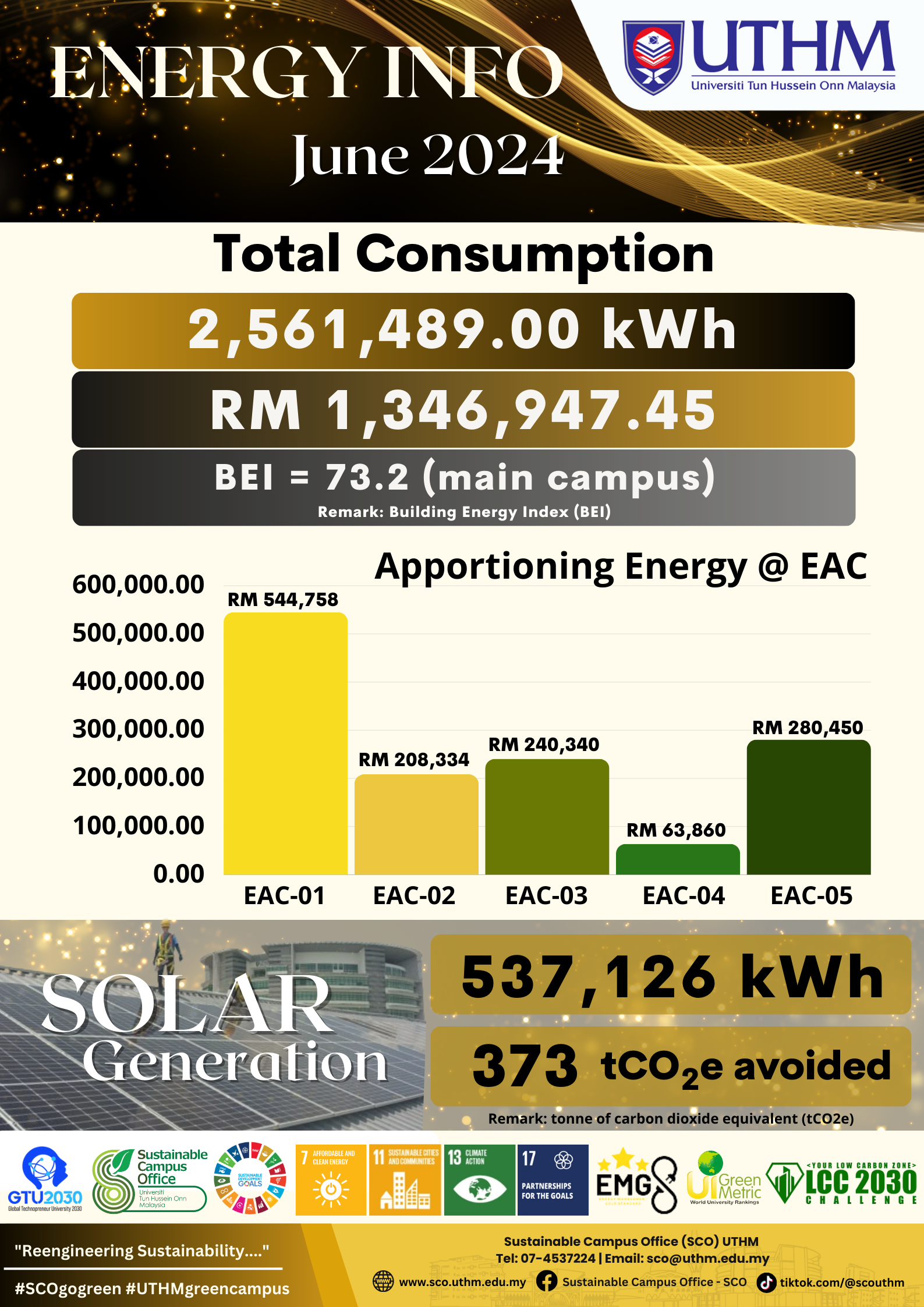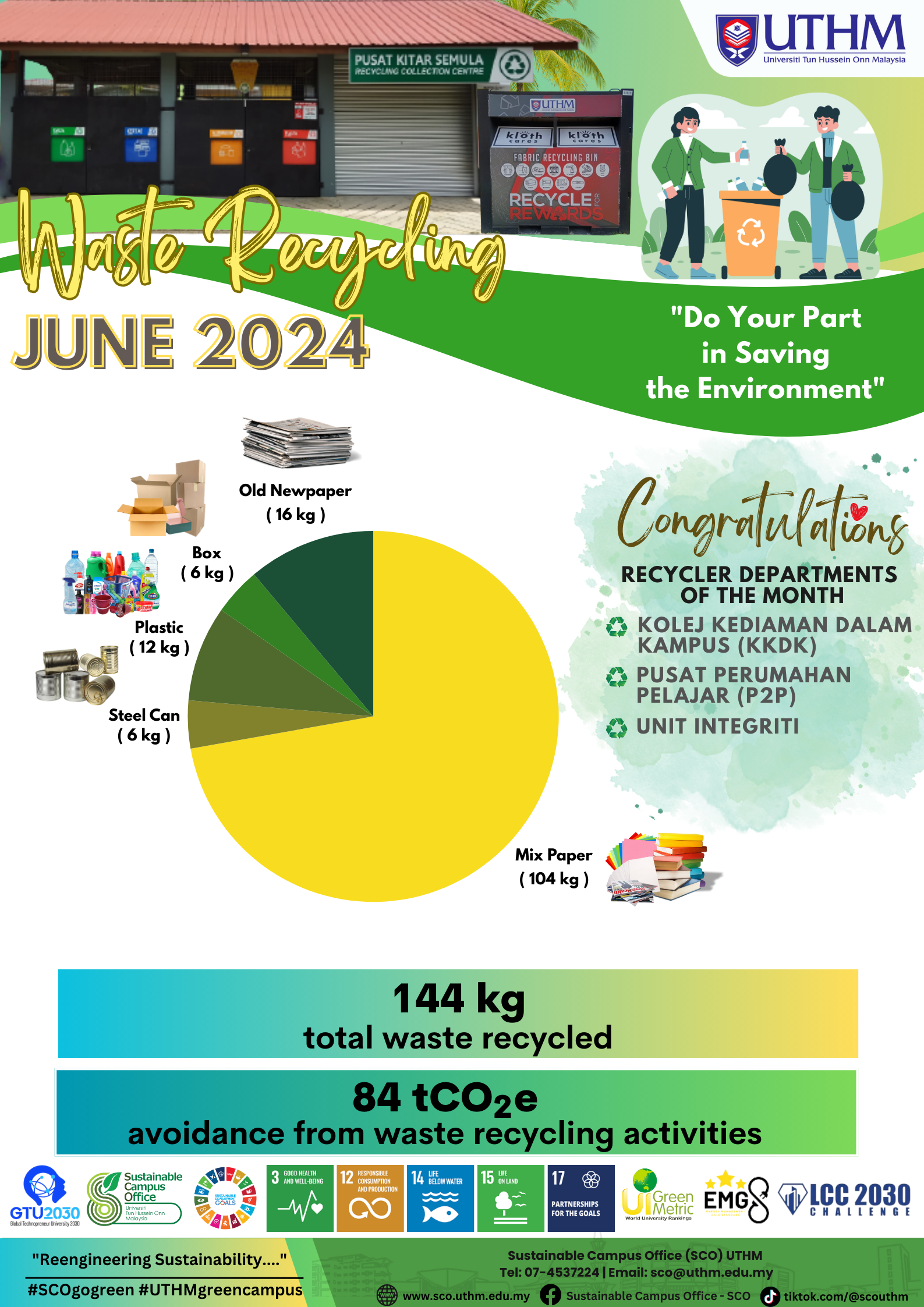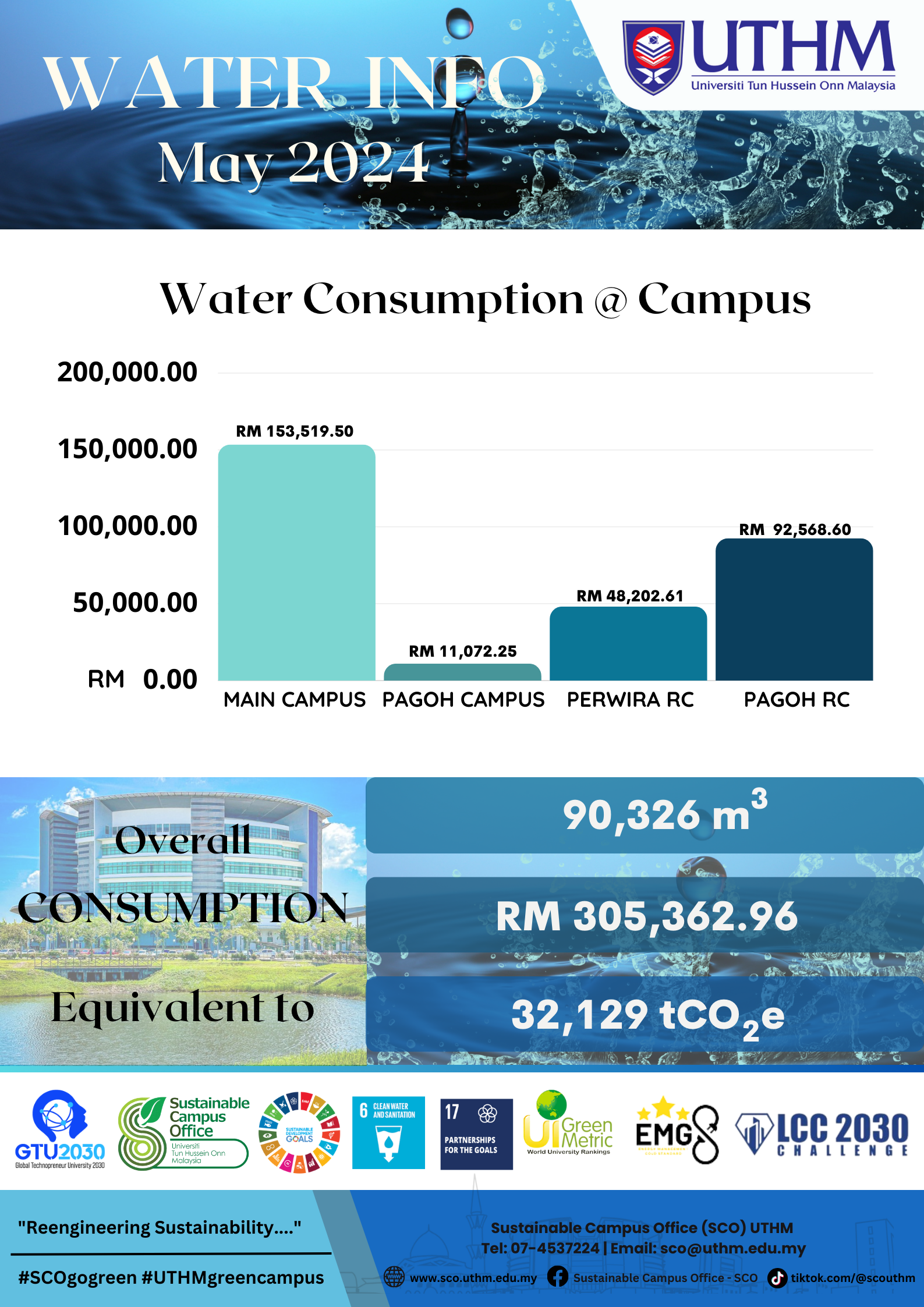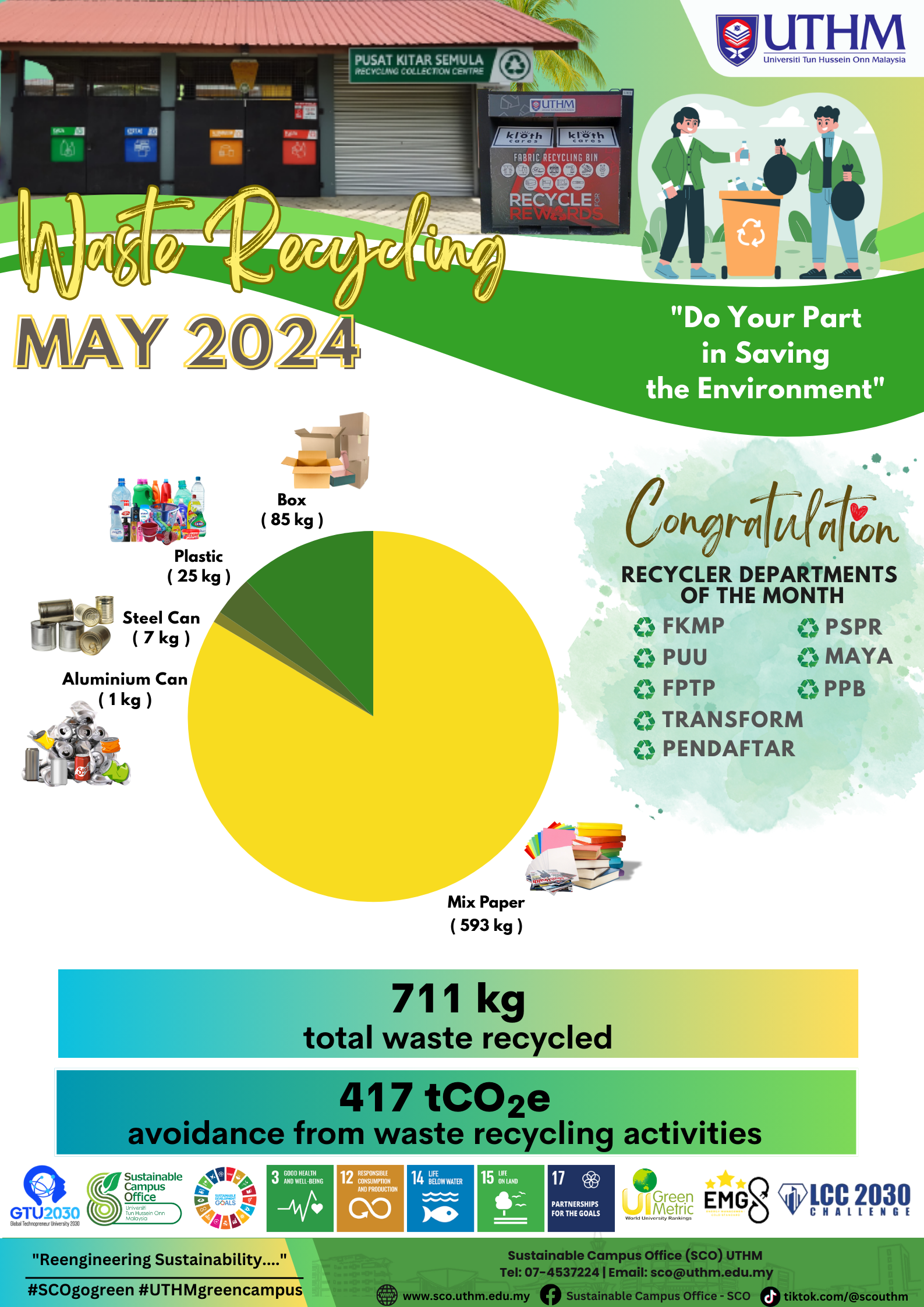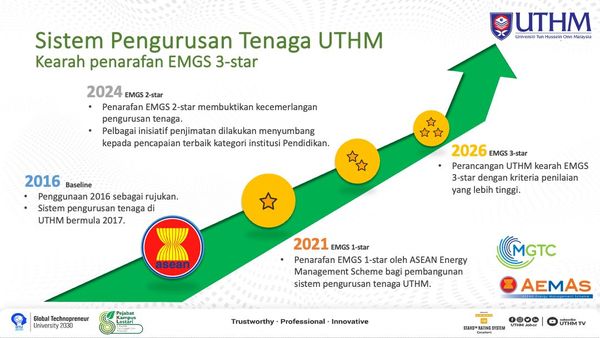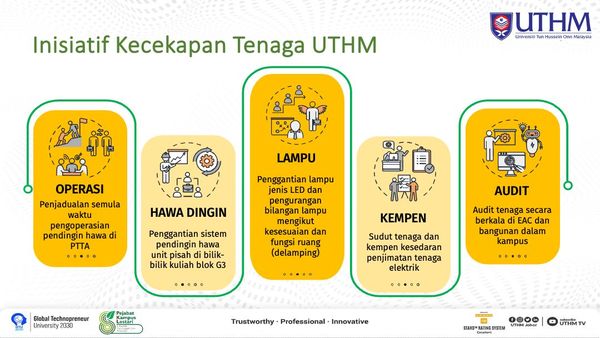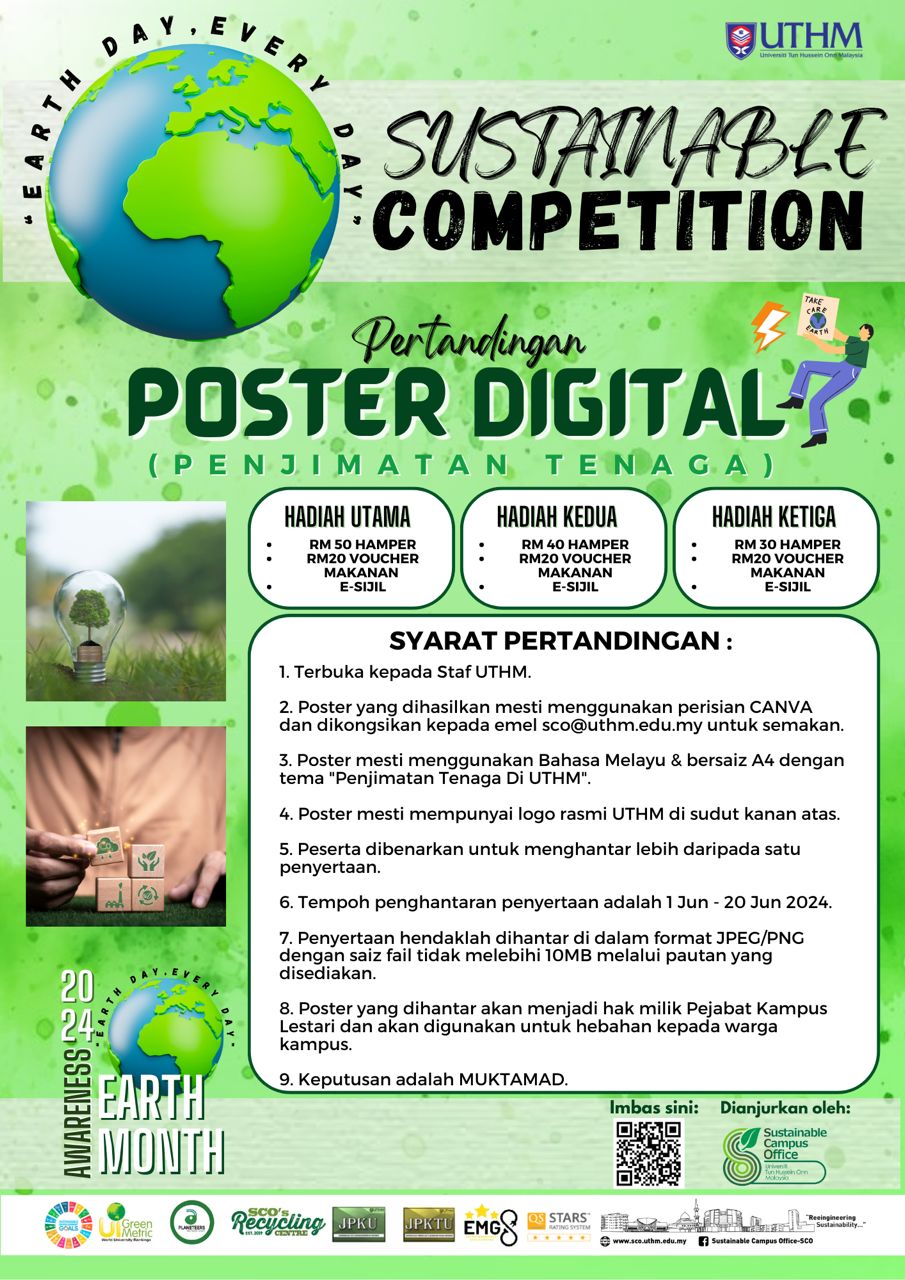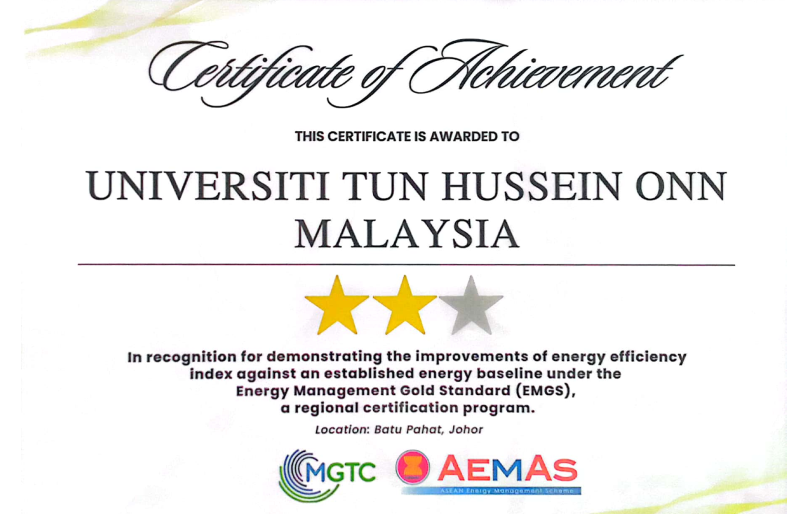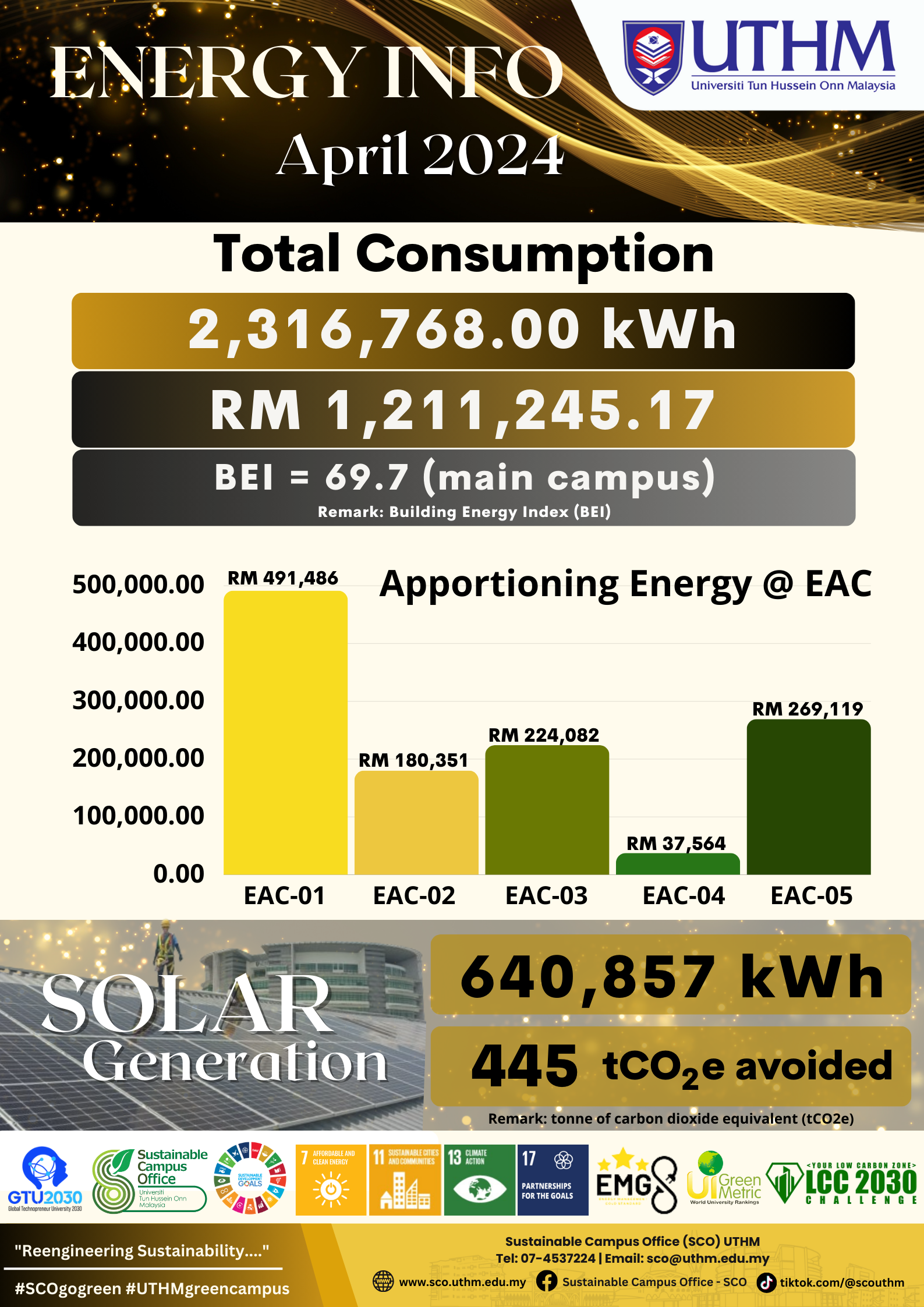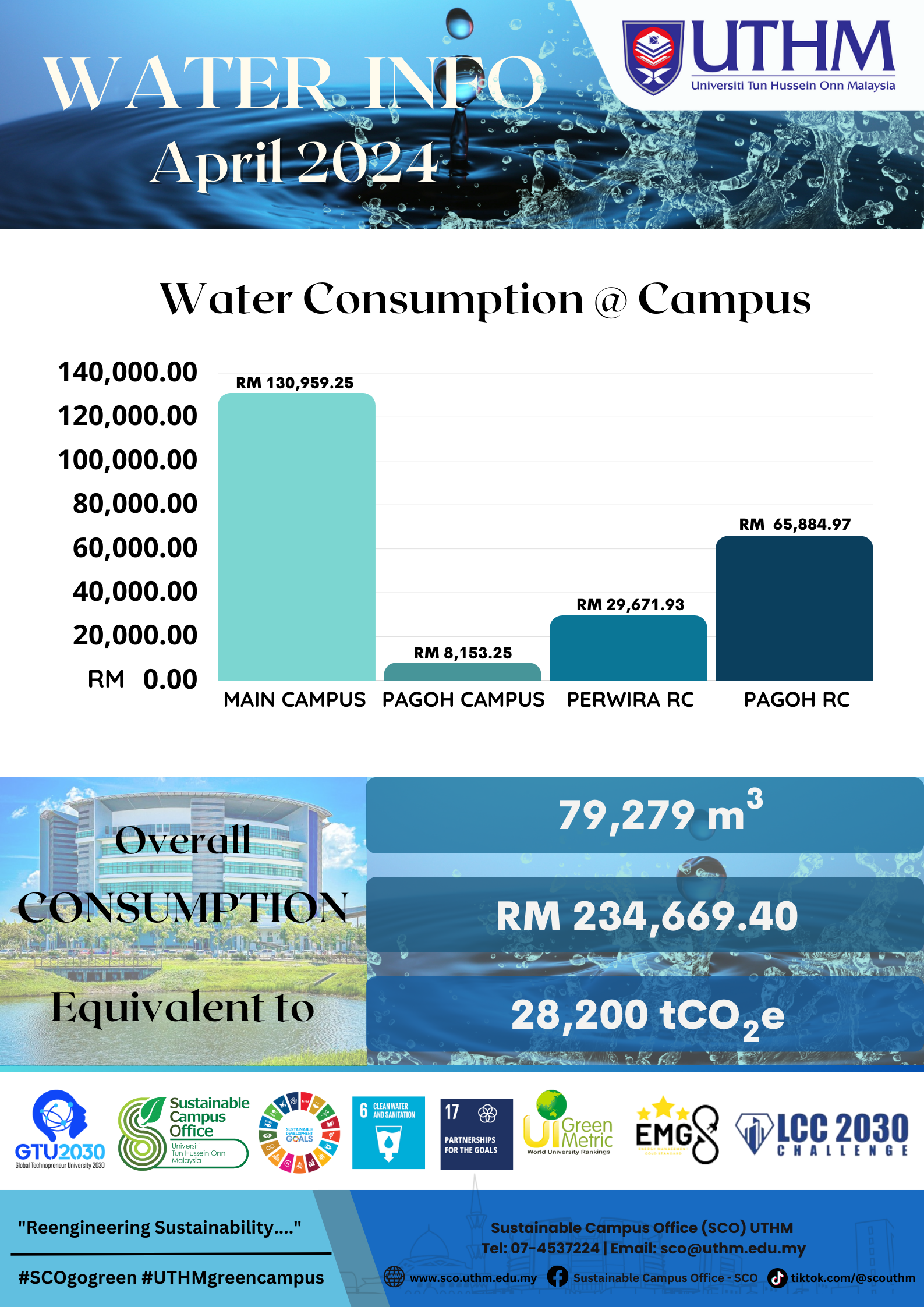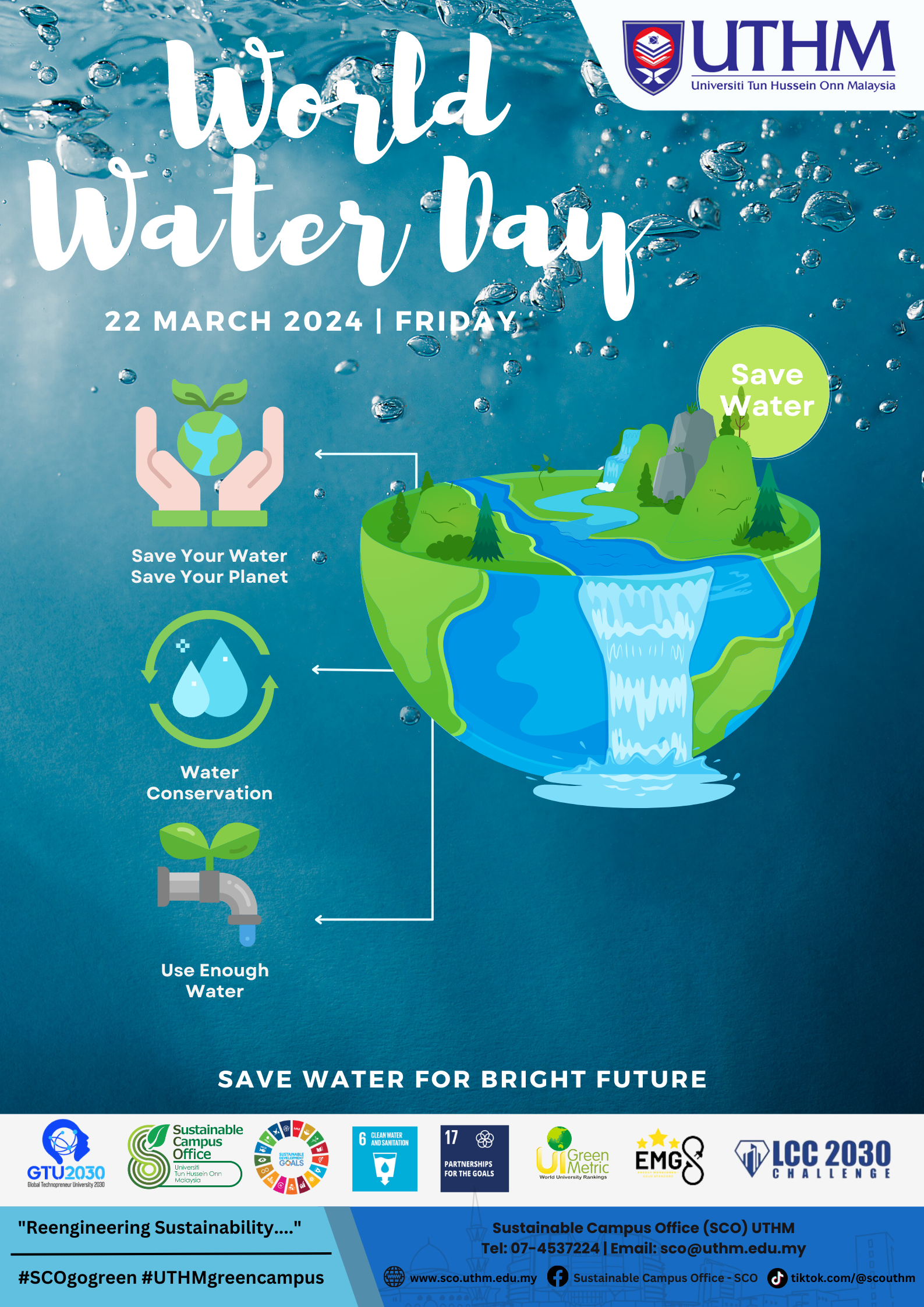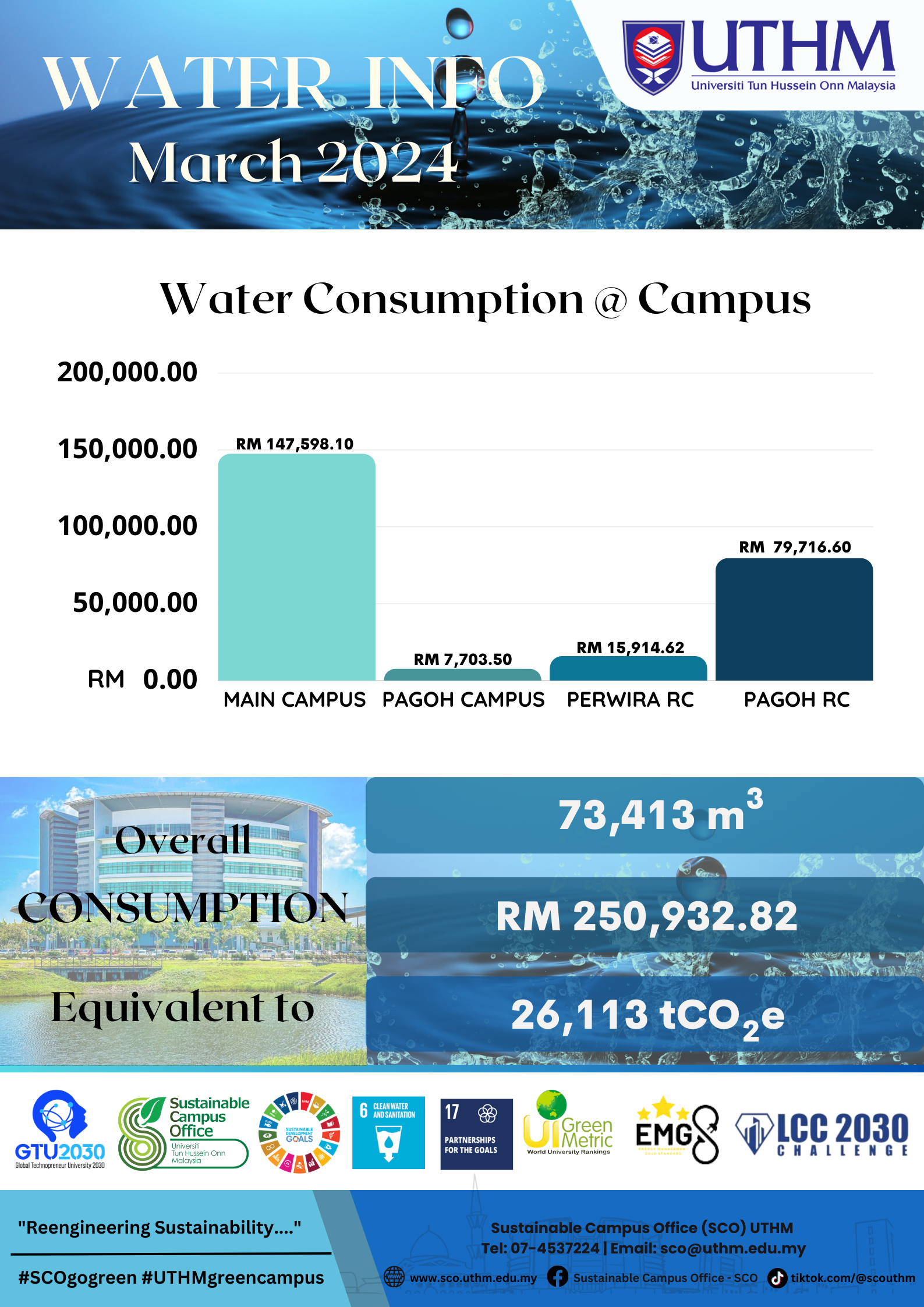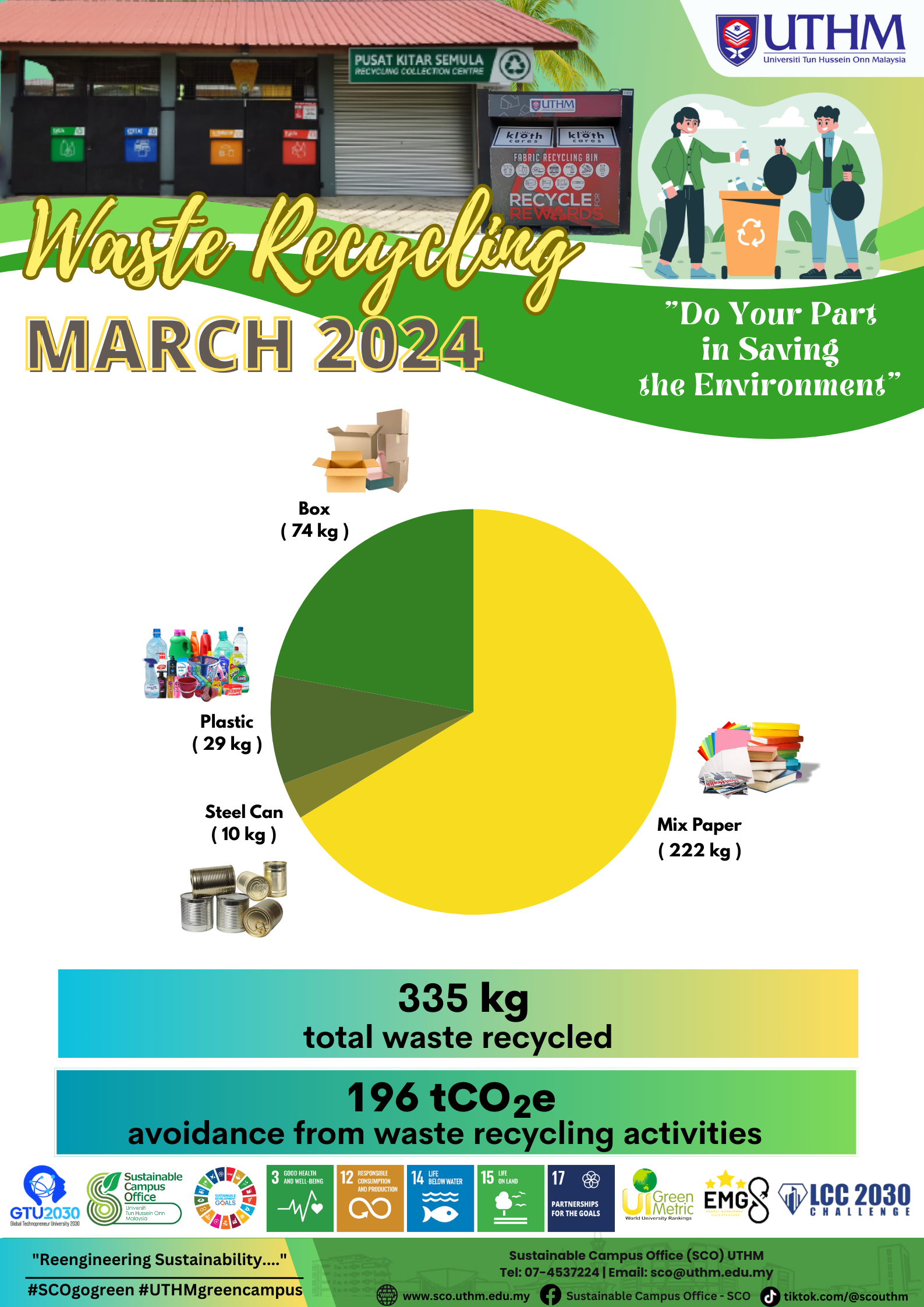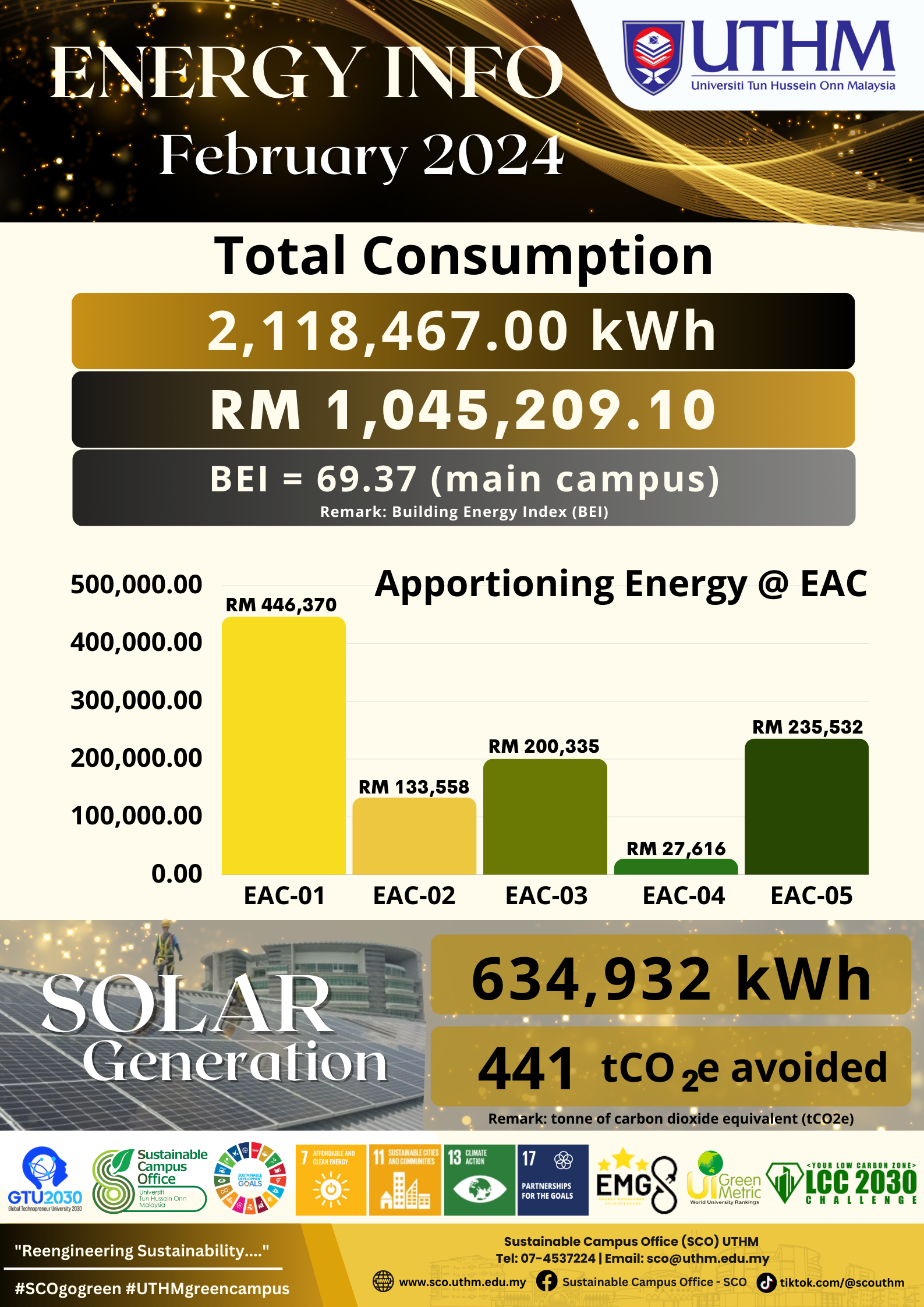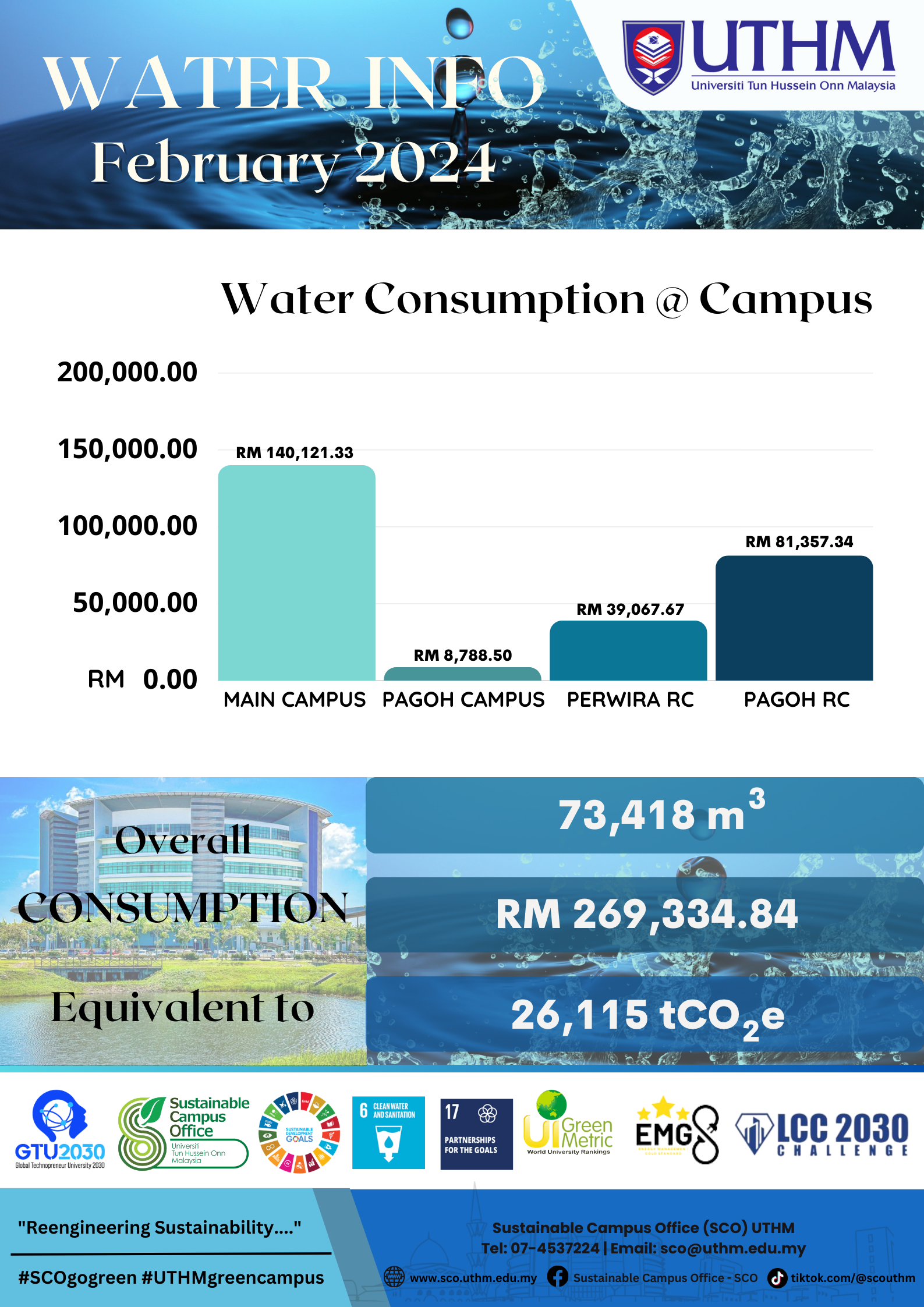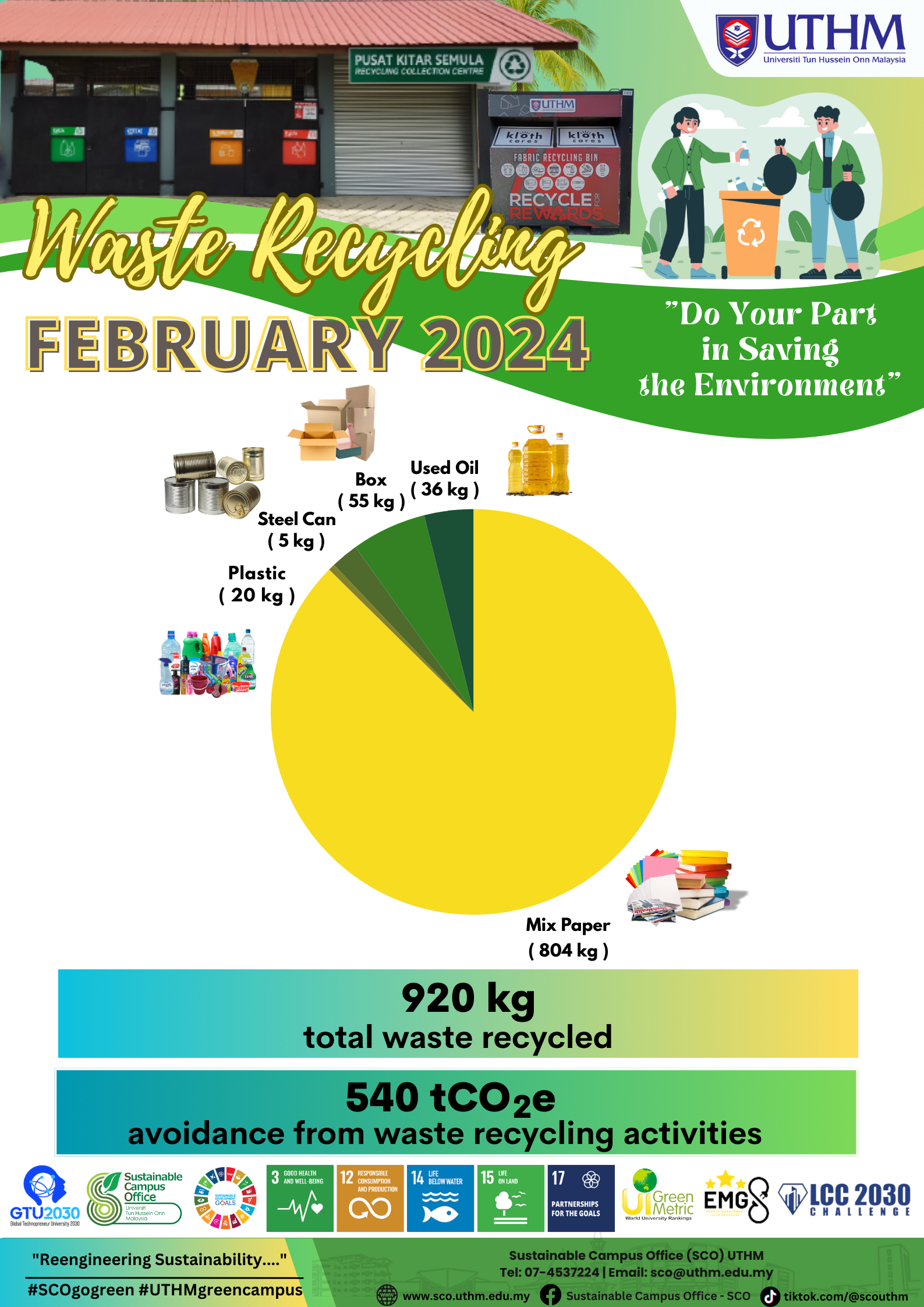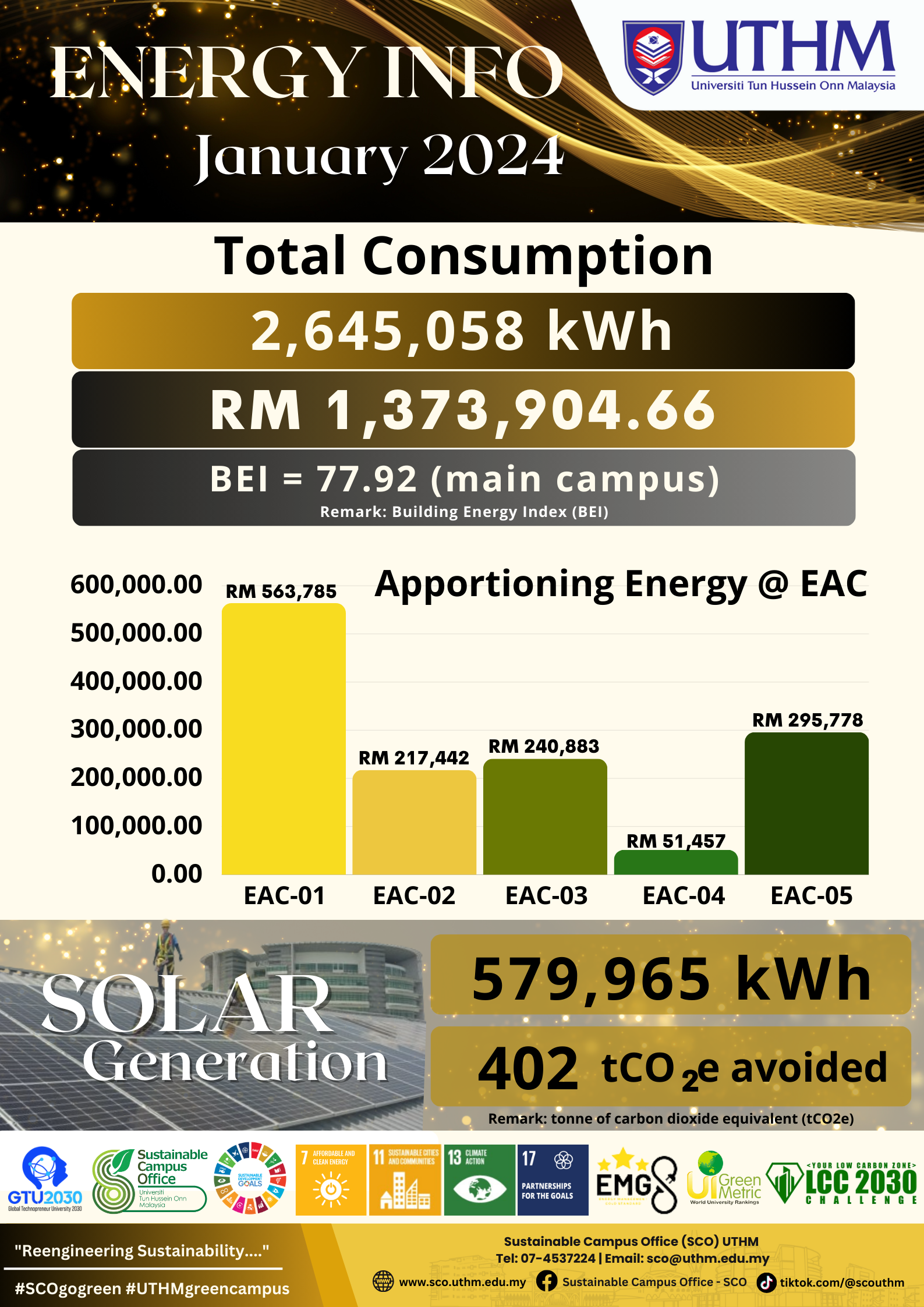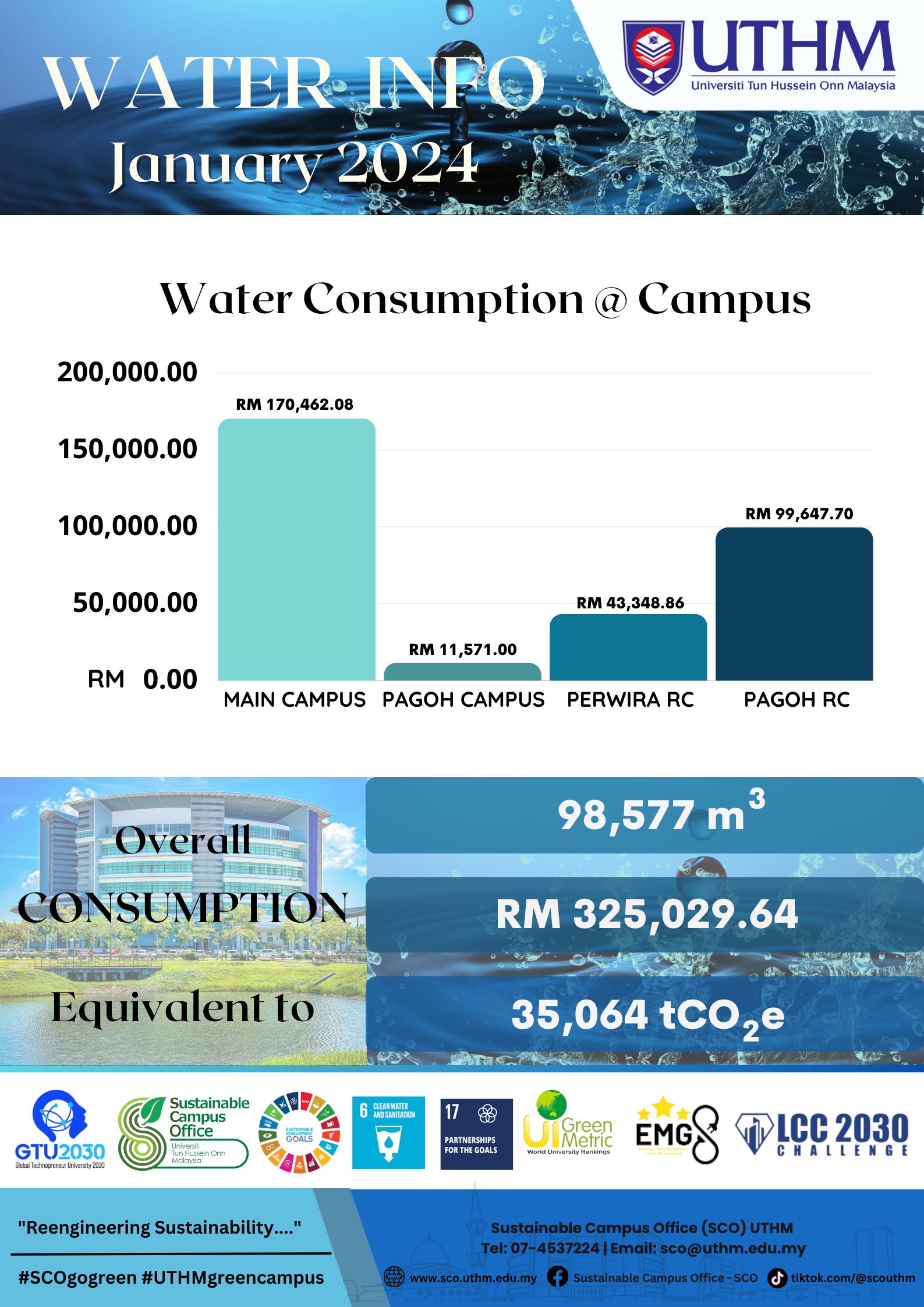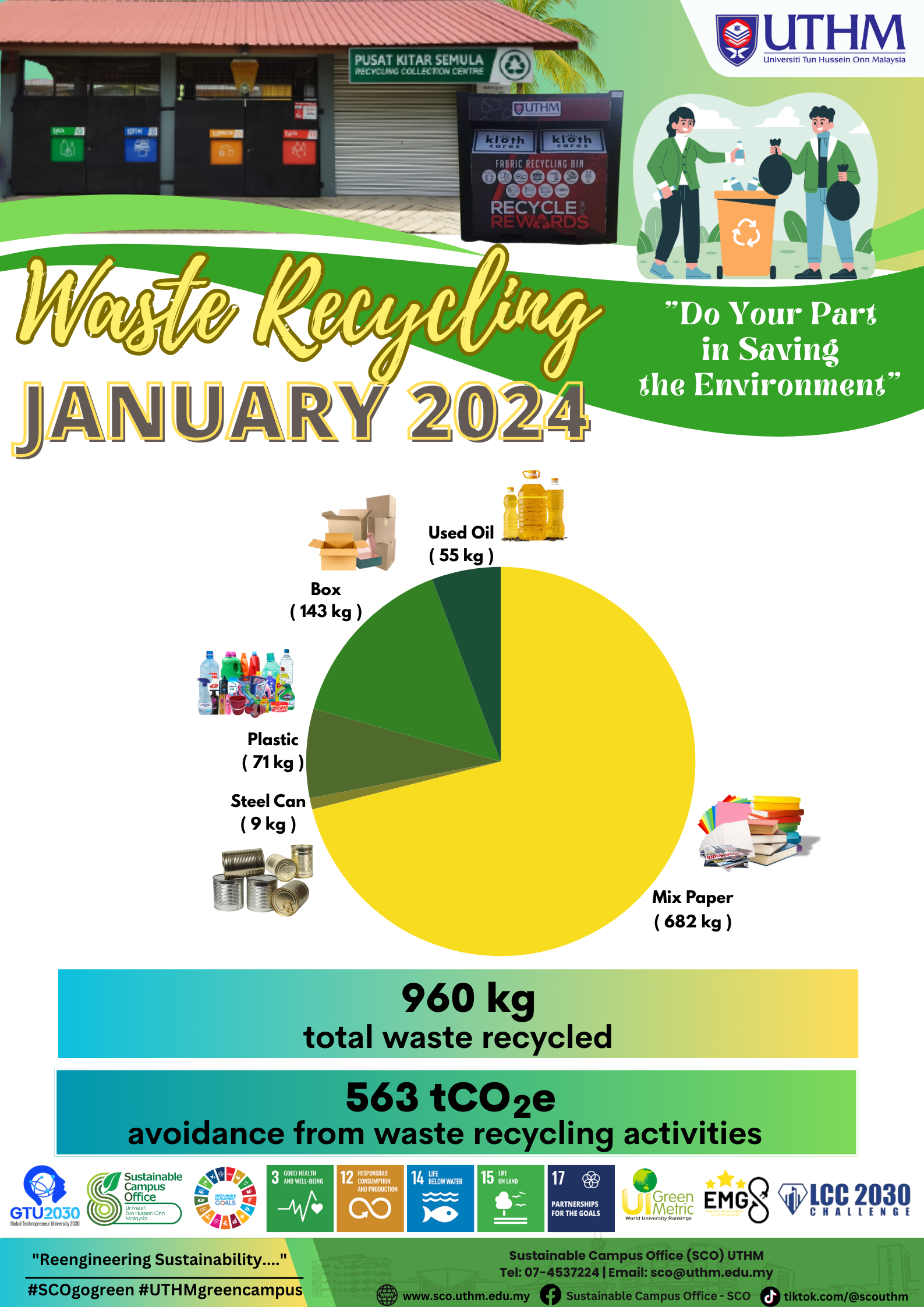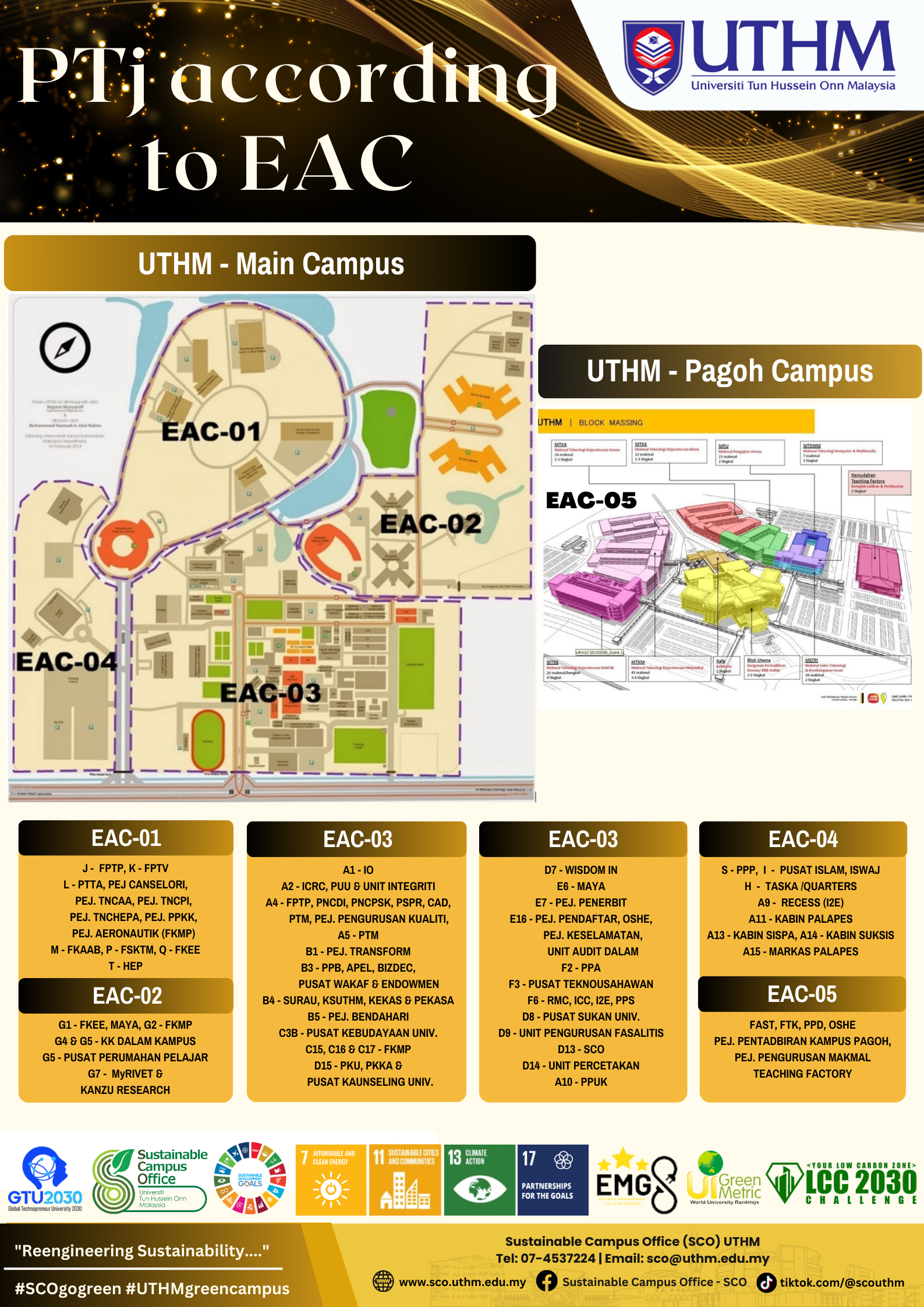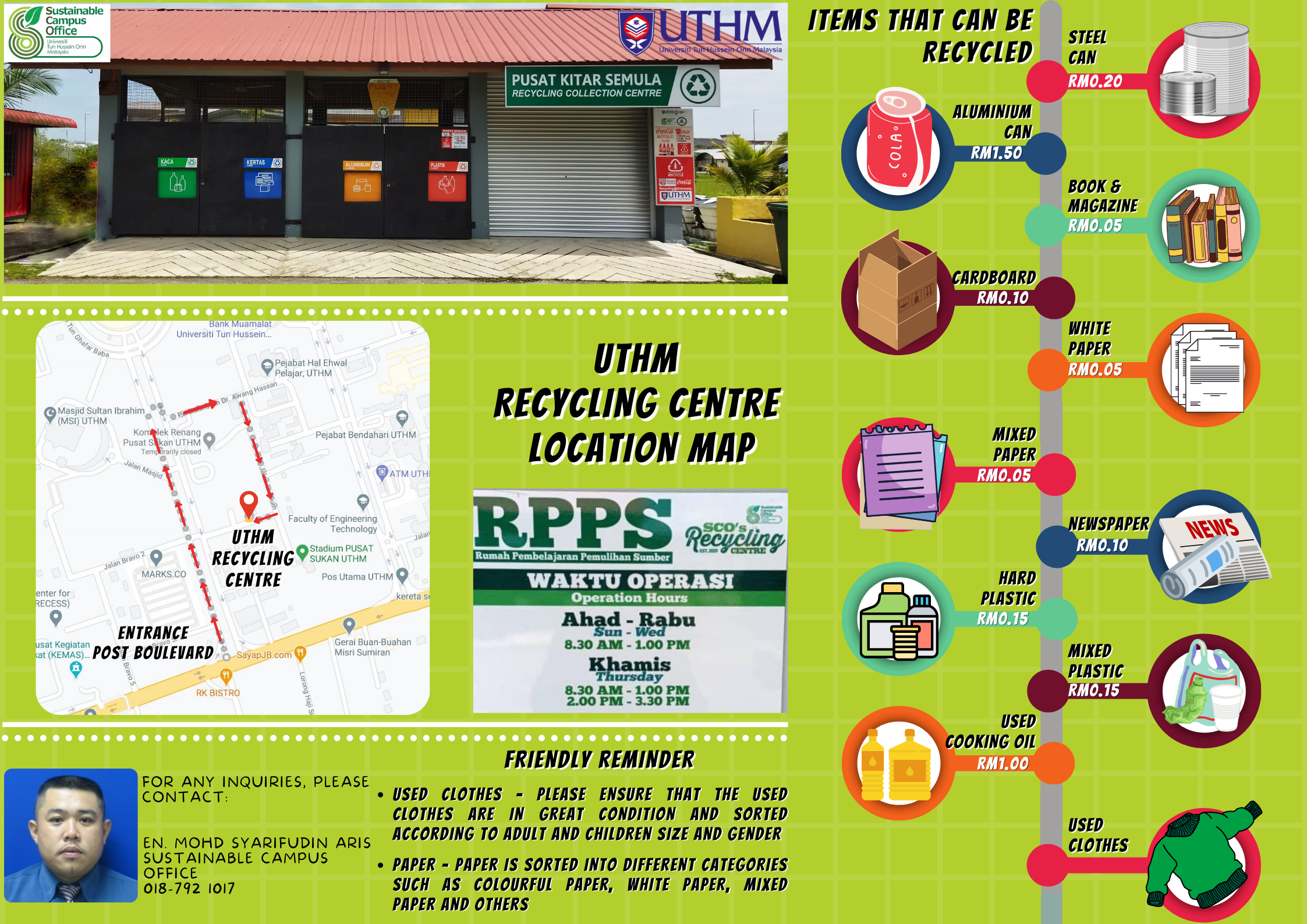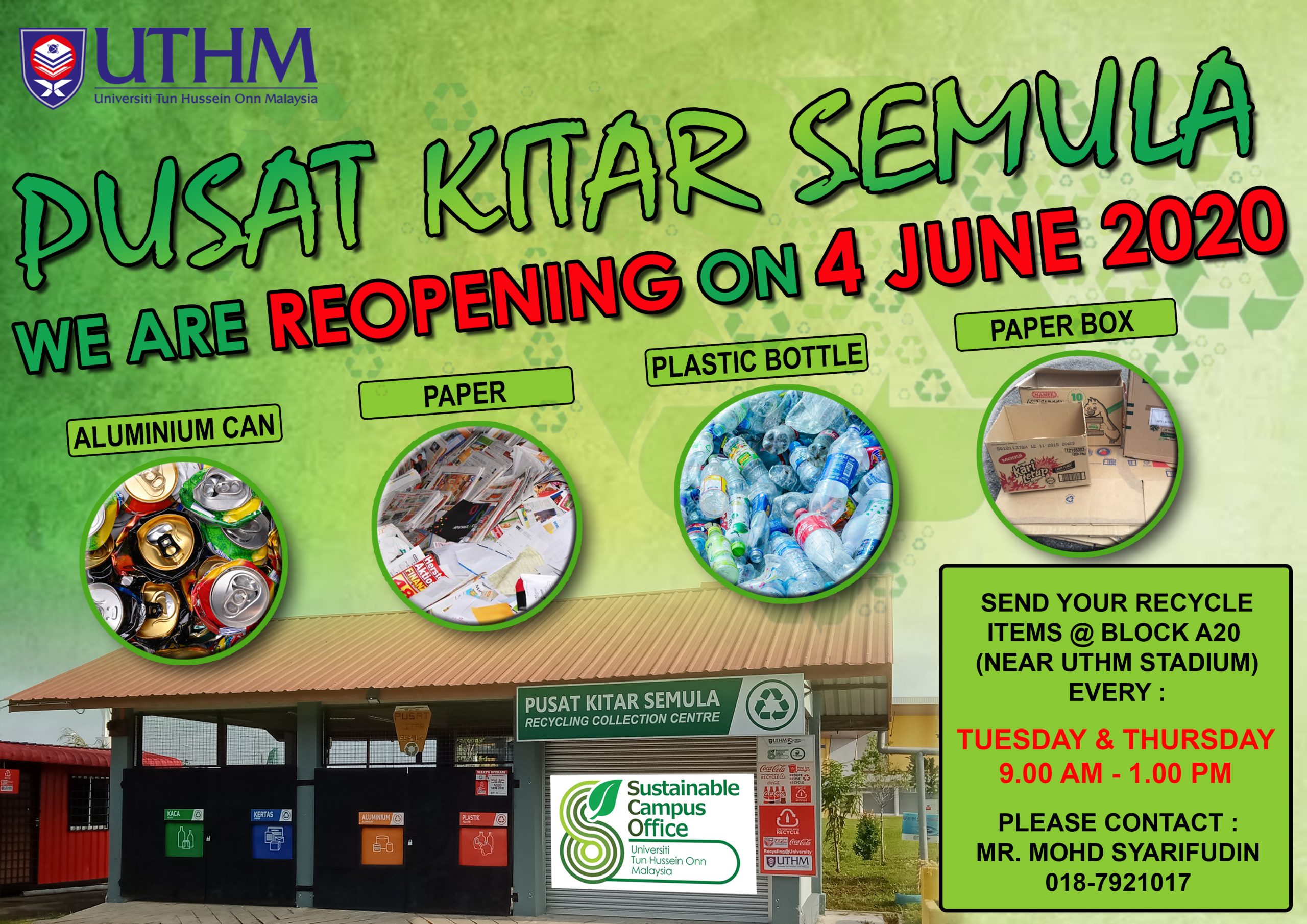7. Development Climate & Resiliency
Introduction
Climate impact and resiliency unit focuses on increasing the efficiency of resources used – energy, water, and materials – while reducing building impact on human health and the environment during the building’s life cycle, through better sitting, design, construction, operation, maintenance, and removal.
Strategic Aim
- To improve the environmental performance of the University’s buildings and the physical infrastructure by moving towards carbon neutral energy performance, adopting environmentally conscious procurement practice, energy saving and reducing water consumption.
- To systematically reduce resource consumption and progress to energy saving through best practice environmental management and cultural change.
- To ensure that all development and refurbishment go beyond current legislation and utilise environmental best practice where practicable, whilst seeking best value for the University at all times.
Objectives
This unit works to significantly reduce or eliminate the negative impact of buildings on the environment and on the building occupants including design and construction practices addressed: sustainable site planning, safeguarding water and water efficiency, energy efficiency, conservation of materials and resources, and indoor environmental quality.
Key Performance Indicators (KPIs)
- Building display energy certificates/energy performance certificates achieved.
- Awards for sustainable construction/design.
Achievement & Reports
- To reduce the energy consumption up to 10% every month.
- To produce report every 6 months.
